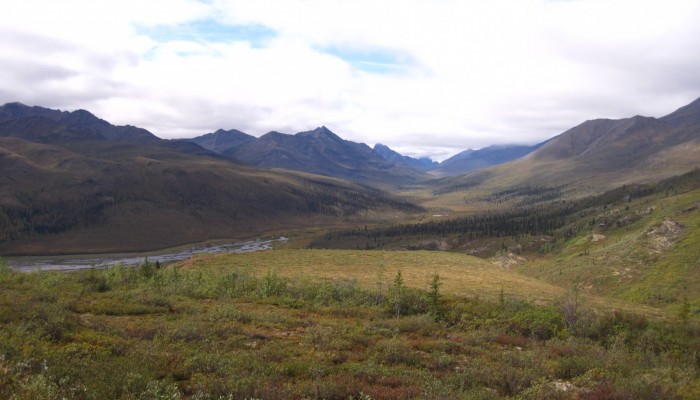The landscape of the Mersey Estuary in Liverpool Bay is ever changing; it offers the opportunity to observe the changing geomorphology of a river estuary which is closely linked to a very urban and man-made landscape. For more on this unique setting, read today’s Imaggeo on Mondays post brought to you by Maria Burguet Marimon. This picture was taken at Crosby beach, which is located just at ...[Read More]
Imaggeo on Mondays: Man-made landscape




